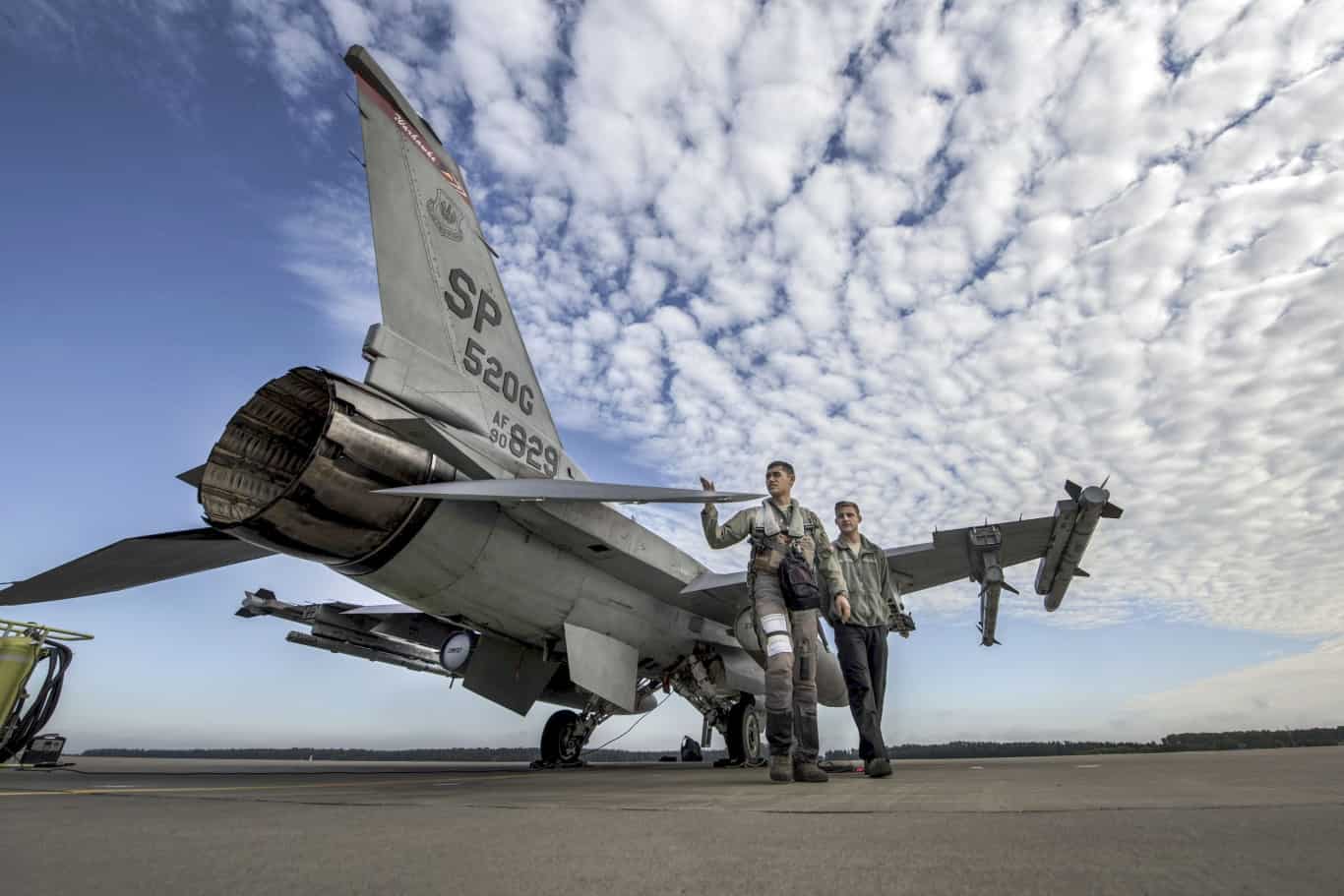
Over Eastern Europe fly some of the most advanced fighter jets in the world. From Russian-built Sukhois to American F-16s, these jets are meant to project power and national interest for the countries that call this region home. Here, 24/7 Wall St. is exploring the Eastern European countries with the largest fleets of fighter jets.
To determine the Eastern European countries with the most fighter aircraft, 24/7 Wall St. reviewed the 2024 military strength report from Global Firepower, an annually updated defense-related statistics website with information on 145 countries. We ranked these countries according to which countries have the most of these aircraft. We included supplemental information regarding each country’s current air force and overall military strength ranking. Nations that did not have any fighter aircraft were excluded.
It should be noted that the classification of fighter aircraft generally refers to aircraft that are primarily designated for air-to-air combat and interception. These aircraft typically carry lighter payloads than attack or strike aircraft, and different armament as well. However, in recent years as aircraft have become more advanced, these lines between strike and fighter aircraft have become blurred because of the multirole capabilities that many of these jets possess. Again, 24/7 Wall St. is going off the primary designation of these aircraft according to Global Firepower.
Here is a look at the Eastern European countries with the most fighter aircraft:
Why Are We Covering This?
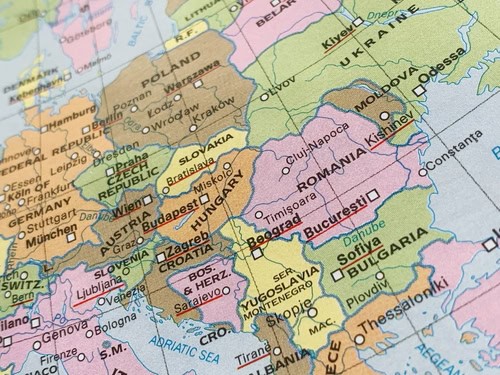
Understanding the military dynamics of Eastern Europe is essential due to the region’s critical geopolitical importance, not to mention the ongoing conflict. Eastern Europe has historically been a focal point of tension, and military power plays an important role in maintaining both political and economic stability. The stability of Eastern Europe remains vital to global security.
8. Bulgaria
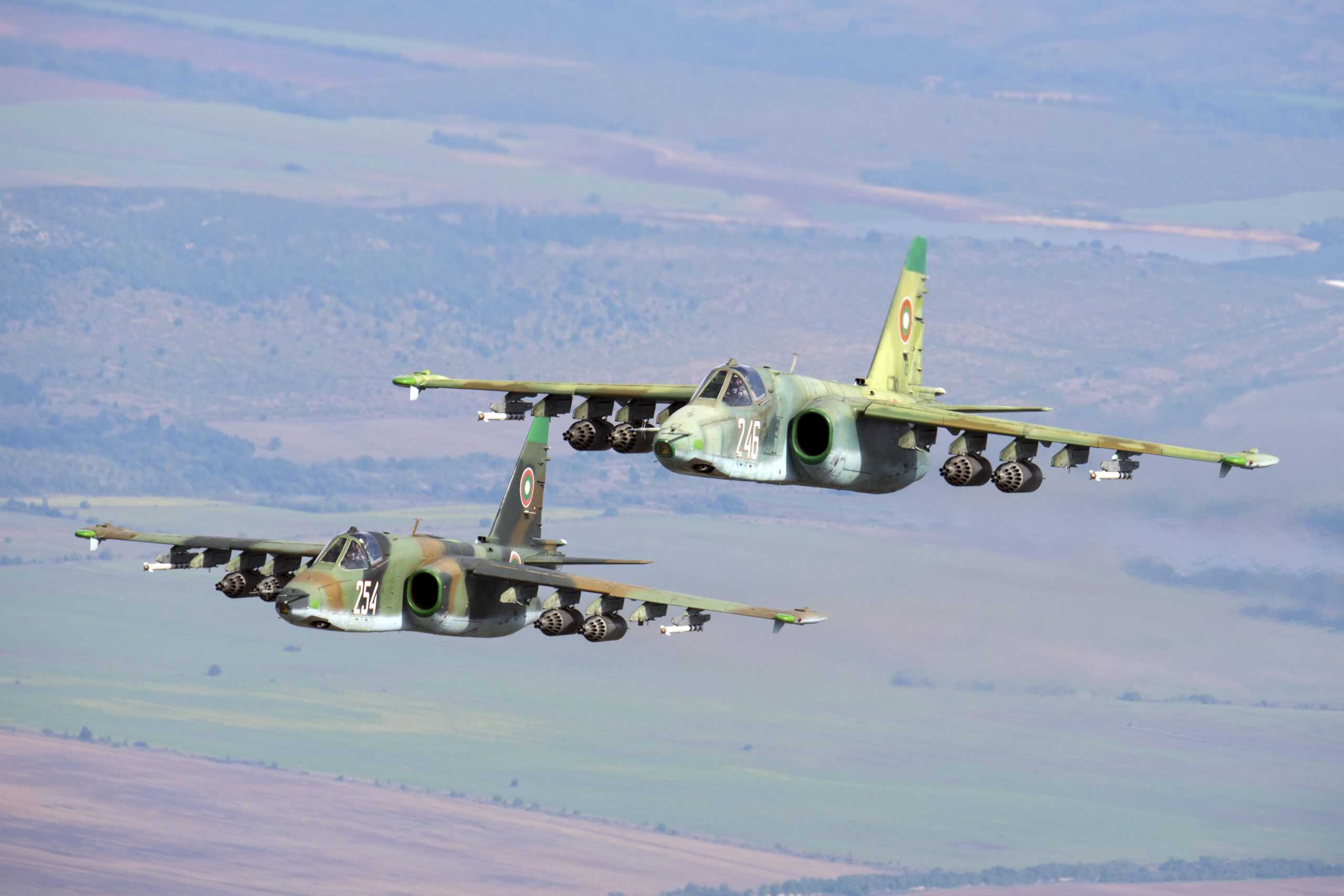
- Total fighter and interceptor aircraft: 11
- Total strike and attack aircraft: 5
- Total helicopters: 27
- Total attack helicopters: 4
- Total military aircraft: 65
- Military strength score and world rank: 1.0132 – #62 out of 145
In terms of its ground forces, Bulgaria has 7,420 military vehicles (including 215 tanks, 273 artillery units, and 24 MLRS units). Bulgaria has 37,000 active-duty personnel out of a total population of 6.8 million.
Bulgaria has a long military history, particularly from the Balkan Wars and both World Wars. Although Bulgaria was not part of the Soviet Union, it was a close ally during the Cold War. However, alliances have shifted over the years resulting in Bulgaria joining NATO in 2004.
The Bulgarian military consists of roughly 37,000 active personnel, 65 military aircraft, over 7,000 vehicles. Its navy is one of the larger forces in the region as well.
In terms of its air force, Bulgaria’s fleet is primarily composed of MiG-29 fighter jets with a handful of Su-25s ready. However, recent moves by the Bulgarian Air Force are attempting to procure a number of F-16V Viper fighter jets from the United States. This is part of Bulgaria and NATO’s plan of securing the region.
7. Czechia

- Total fighter and interceptor aircraft: 12
- Total strike and attack aircraft: 16
- Total helicopters: 33
- Total attack helicopters: 3
- Total military aircraft: 88
- Military strength score and world rank: 0.7706 – #46 out of 145
In terms of its ground forces, Czechia has 6,757 military vehicles (including 65 tanks and 53 artillery units). Czechia has 28,000 active-duty personnel out of a total population of 10.7 million.
Following the peaceful dissolution of Czechoslovakia in 1993, Czechia developed its own military forces. The country, like many others in the region, was part of the Warsaw Pact but Czechia was quicker to join NATO than most, entering the alliance in 1999. Its military is a mix of Soviet-era tech and NATO standard assets.
Czechia has a standing army of roughly 28,000 active personnel. These are primarily divided between the army, which is its largest branch, followed by the air force. Czechia has no navy as it is landlocked.
Its air force operates a fleet of Saab JAS 39 Gripen multirole fighter jets, which serve as the backbone of the nation’s air defense. Additionally, Czechia is looking to update its helicopter fleet with the addition of UH-1Y Venom helicopters from its NATO allies.
6. Hungary
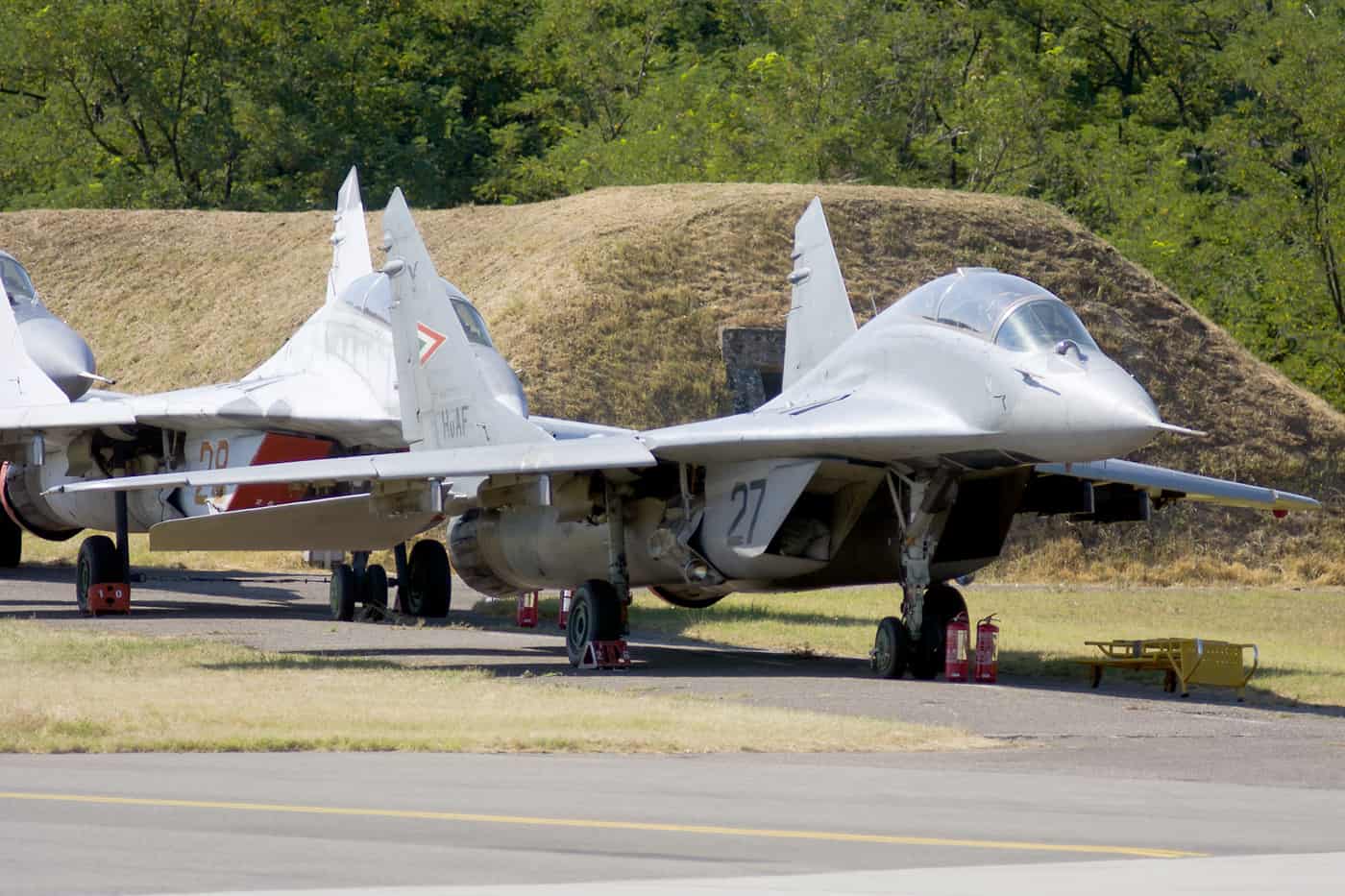
- Total fighter and interceptor aircraft: 12
- Total strike and attack aircraft: 0
- Total helicopters: 38
- Total attack helicopters: 8
- Total military aircraft: 62
- Military strength score and world rank: 0.8478 – #54 out of 145
In terms of its ground forces, Hungary has 7,797 military vehicles (including 208 tanks and 318 artillery units). Hungary has 41,600 active-duty personnel out of a total population of 9.7 million.
Following World War II, Hungary joined the Warsaw Pact, a military alliance composed of many central and eastern European nations made in response to the formation of NATO. While this would heavily impact Hungary’s military doctrine to a more Soviet way of thinking, Hungary would eventually turn to NATO in the late 1990s. As a result, Hungary’s military seems to be a mix of East and West, with modernization efforts pushing more to the West.
Its air force primarily consists of transport and utility helicopters, along with Gripen fighter jets, acquired from Sweden. Hungary is currently undergoing a modernization effort within its fleet, namely acquiring more H225M combat helicopters.
5. Romania
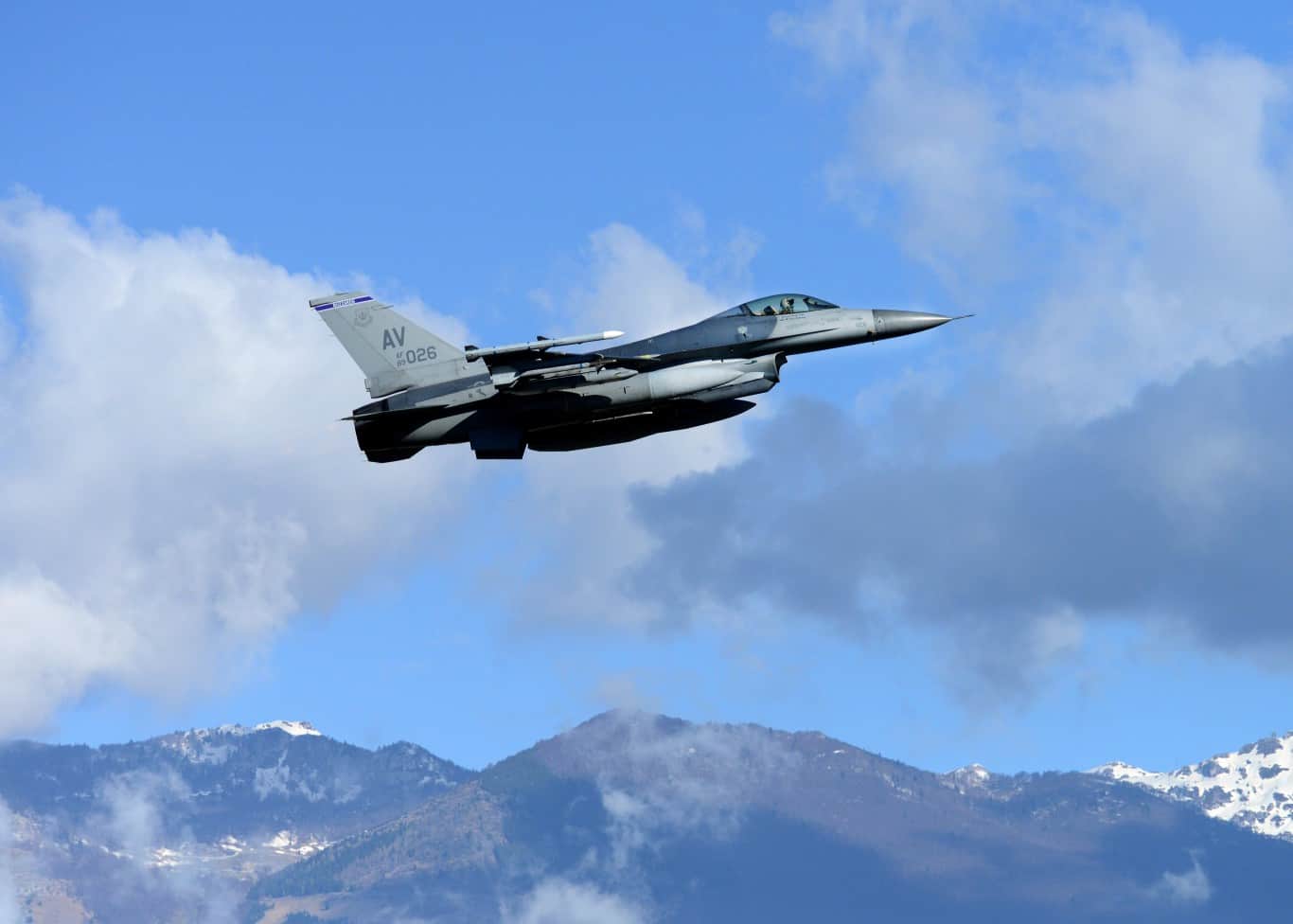
- Total fighter and interceptor aircraft: 14
- Total strike and attack aircraft: 0
- Total helicopters: 67
- Total attack helicopters: 0
- Total military aircraft: 131
- Military strength score and world rank: 0.7712 – #47 out of 145
In terms of its ground forces, Romania has 9,990 military vehicles (including 345 tanks, 720 artillery units, and 225 MLRS units). Romania has 81,300 active-duty personnel out of a total population of 18.3 million.
Another member of the Warsaw Pact, Romania, has seen significant improvement in its military since the dissolution of the Soviet Union. Like many other Soviet-bloc nations, Romania inherited assets and infrastructure after the fall but has since transitioned to allying with more Western powers when it joined NATO in 2004.
In terms of the air force, Romania operates a series of F-16 jets obtained from its NATO allies. However, it has over 40 new F-35 Lightning II fighter jets on order from the United States. These are on the cutting-edge of stealth technology and pack some serious firepower.
4. Belarus
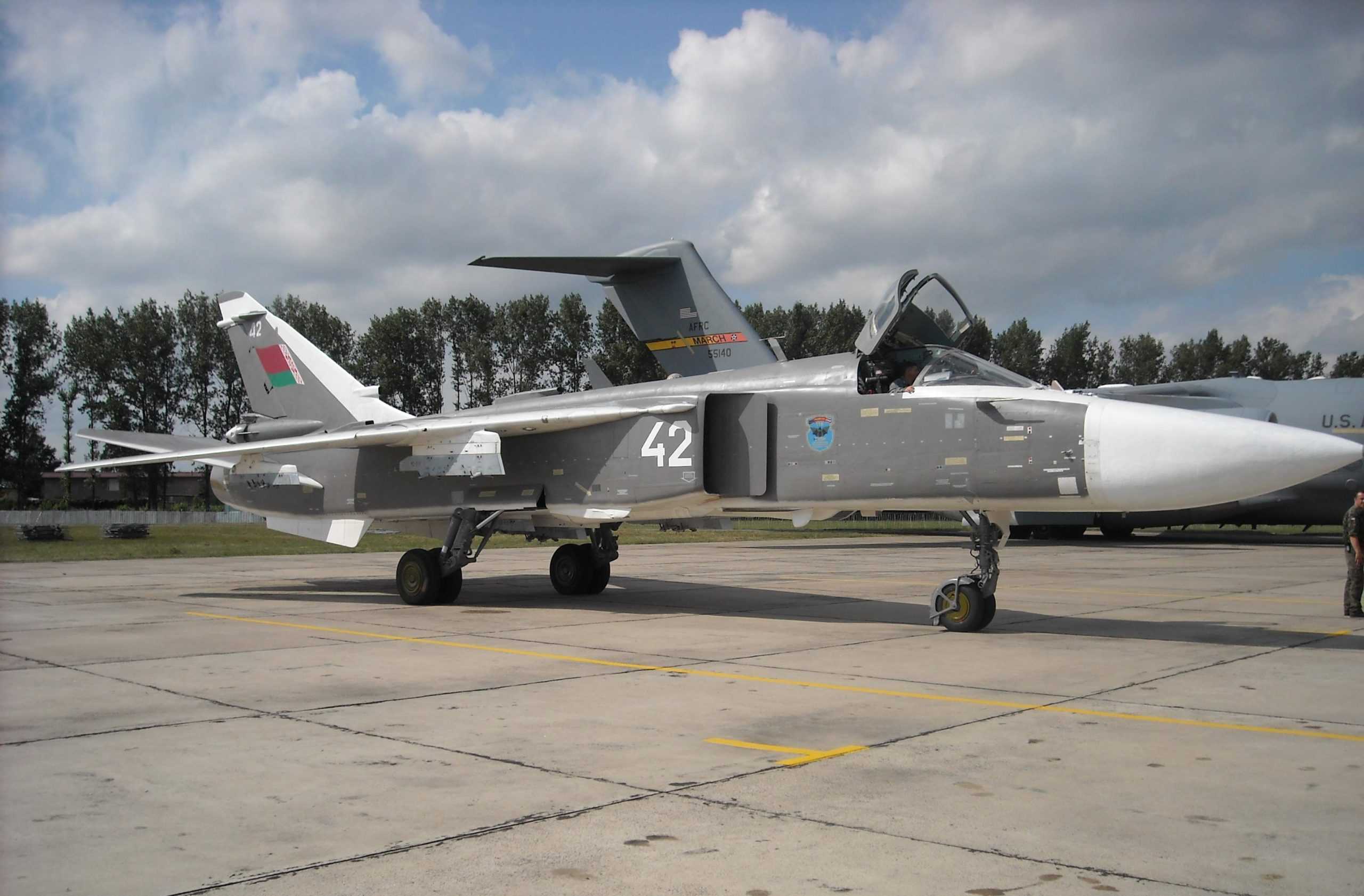
- Total fighter and interceptor aircraft: 37
- Total strike and attack aircraft: 51
- Total helicopters: 64
- Total attack helicopters: 25
- Total military aircraft: 183
- Military strength score and world rank: 1.0901 – #64 out of 145
In terms of its ground forces, Belarus has 6,700 military vehicles (including 517 tanks, 539 artillery units, and 206 MLRS units). Belarus has 63,000 active-duty personnel out of a total population of 9.4 million.
Although Belarus came into its own in 1991 following the dissolution of the Soviet Union, it still maintains strong ties with Russia. These ties have greatly benefited this small Eastern European country, especially in terms of its military.
Like many of the other Soviet satellites, Belarus inherited a great deal of Soviet infrastructure and assets that it still uses. For one, Belarus has one of the largest air forces in the region with over 180 aircraft at its disposal. It operates a series of modernized MiG-29 and other Sukhoi fighter jets in conjunction with a sizable helicopter fleet.
It should be noted that Belarus, like many of these other countries, is landlocked so it does not operate a navy. However, its strong ties to Russia avail it of naval assets for joint operations.
Under the leadership of President Alexander Lukashenko since 1994, the military has greatly improved. This is also considering its close military alliance with Russia, which implies a mutual defense agreement, much like that of NATO countries.
3. Poland

- Total fighter and interceptor aircraft: 59
- Total strike and attack aircraft: 34
- Total helicopters: 215
- Total attack helicopters: 30
- Total military aircraft: 468
- Military strength score and world rank: 0.2917 – #21 out of 145
In terms of its ground forces, Poland has 13,956 military vehicles (including 612 tanks, 525 artillery units, and 211 MLRS units). Poland has 202,100 active-duty personnel out of a total population of 38.0 million.
After World War II, Poland fell under Soviet influence and became a key member of the Warsaw Pact, with its military closely tied to the Soviet school of thought. However, the fall of communism resulted in Poland quickly distancing itself and aligning with Western powers.
Poland joined NATO in 1999 and turned its focus to modernizing its military to fit NATO standards. With this came moving away from Soviet-era assets in favor of more advanced tanks and jets, like the Leopard 2s and F-16s. Even today, Poland is investing heavily in the new F-35 Lightning II fifth-generation fighter jets, with over 30 on order.
2. Ukraine
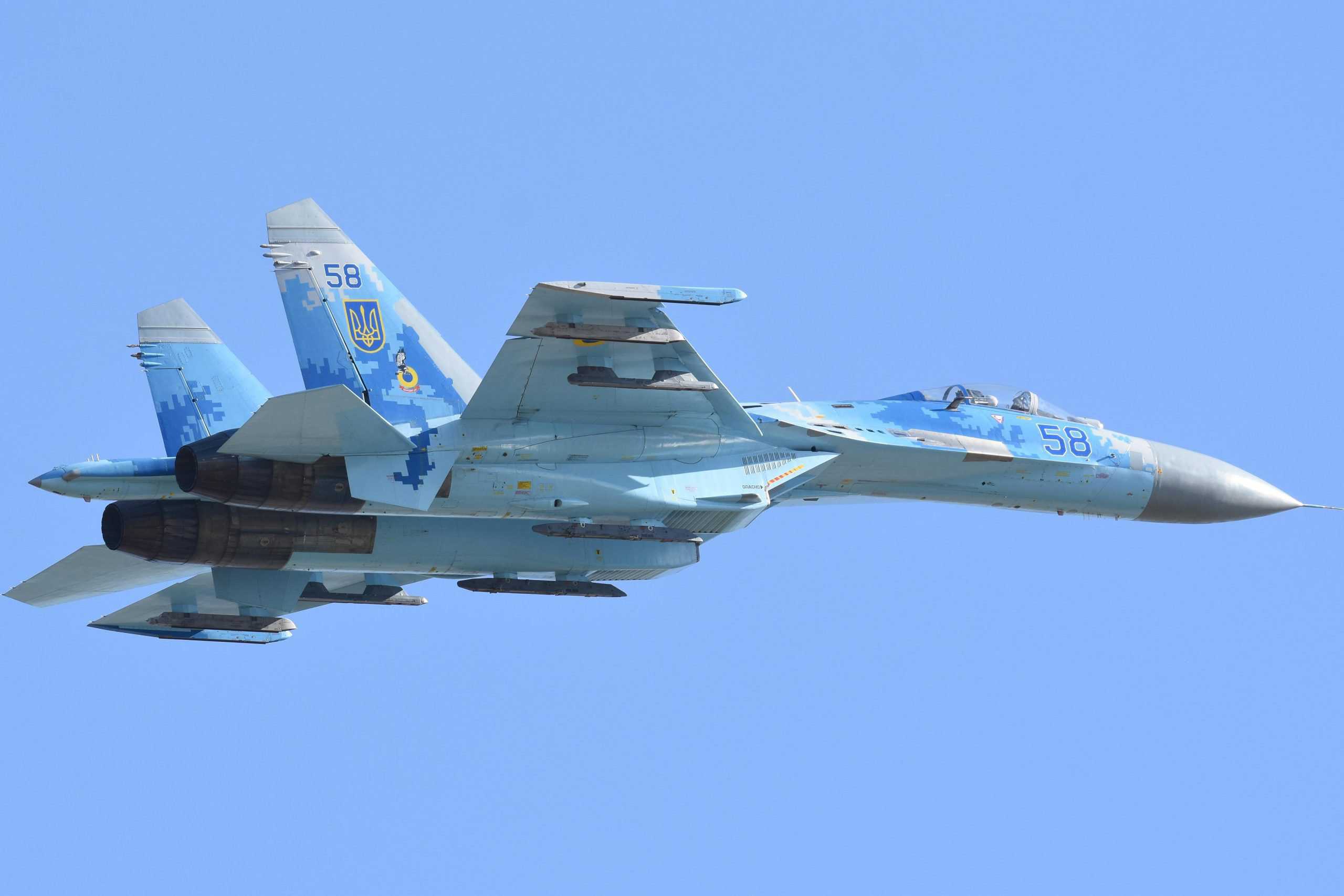
- Total fighter and interceptor aircraft: 72
- Total strike and attack aircraft: 30
- Total helicopters: 130
- Total attack helicopters: 33
- Total military aircraft: 321
- Military strength score and world rank: 0.2598 – #18 out of 145
In terms of its ground forces, Ukraine has 22,110 military vehicles (including 1,777 tanks, 2,217 artillery units, and 491 MLRS units). Ukraine has 900,000 active-duty personnel out of a total population of 43.3 million.
Ukraine’s military has undergone a significant transformation since it gained independence from the Soviet Union in 1991. However, the current conflict may serve to reunify some regions of Ukraine with Russia. This is yet to be seen as the conflict is ongoing.
For going up against a world military superpower, Ukraine has fared decently over the past two years. Although Russia greatly outmatches Ukraine on basically all fronts, Ukraine has stood its ground respectably. According to the force ratio principle, or 3:1 rule, an invading force typically needs to be significantly larger than the defending force to succeed, which makes Ukraine’s ability to hold its ground against a much larger Russian military seriously impressive.
1. Russia
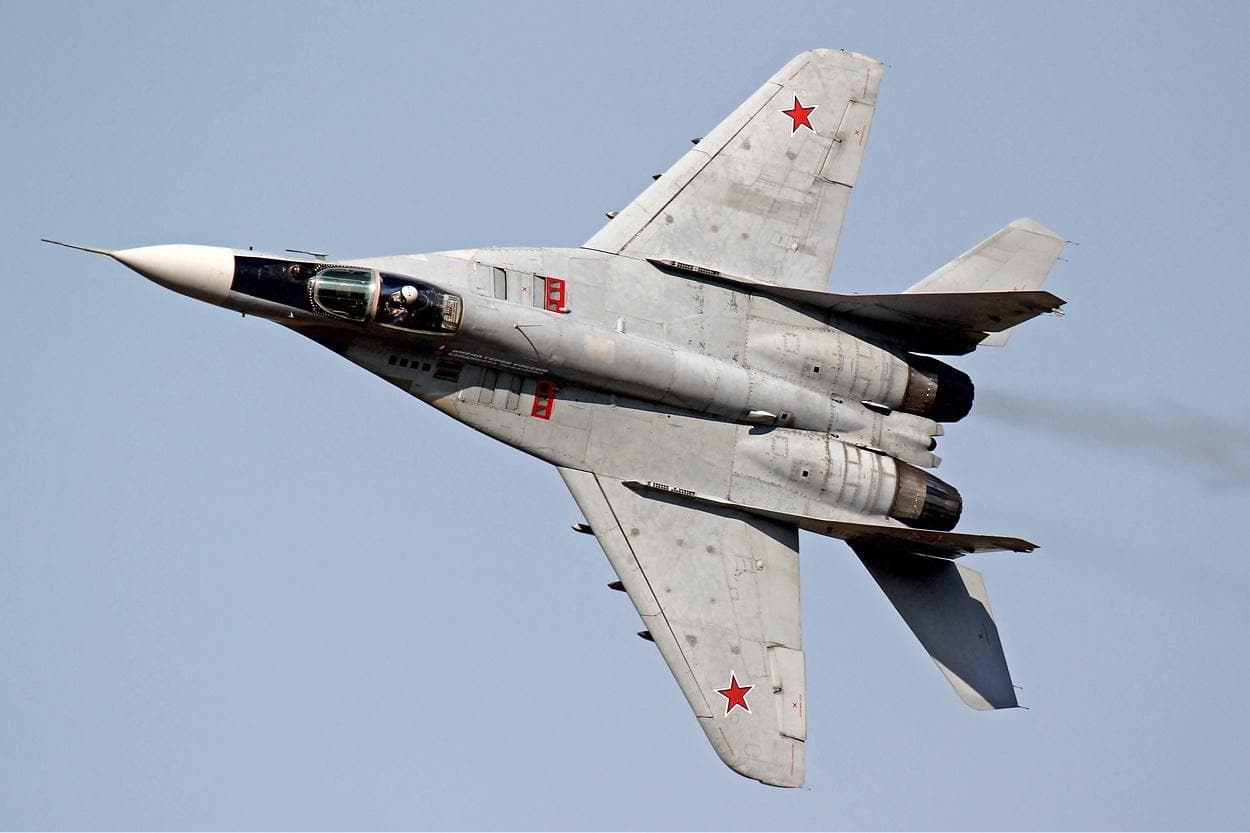
- Total fighter and interceptor aircraft: 809
- Total strike and attack aircraft: 730
- Total helicopters: 1,547
- Total attack helicopters: 559
- Total military aircraft: 4,255
- Military strength score and world rank: 0.0702 – #2 out of 145
In terms of its ground forces, Russia has 161,382 military vehicles (including 14,777 tanks, 14,564 artillery units, and 3,065 MLRS units). Russia has 1,320,000 active-duty personnel out of a total population of 141.7 million.
Russia’s military is by far one of the largest and most powerful in the world, it occupies an elite club with the likes of China and the United States in terms of its military might. Russia has a long history characterized by its role in global conflicts, and this has shaped it into the army that it is today.
The Red Army played a huge factor in World War II as it marched across the Eastern front to Berlin to secure a loss for the Axis Powers. In the decades following the Second World War, the Cold War emerged as a struggle between East and West as competing military doctrines further shaped the militaries of NATO and Soviet-bloc nations.
Russia operates one of the most advanced air forces in the world. It is one of the elite club that is actually developing its own fifth generation fighter jets that incorporate the newest stealth technology.
Take Charge of Your Retirement In Just A Few Minutes (Sponsor)
Retirement planning doesn’t have to feel overwhelming. The key is finding expert guidance—and SmartAsset’s simple quiz makes it easier than ever for you to connect with a vetted financial advisor.
Here’s how it works:
- Answer a Few Simple Questions. Tell us a bit about your goals and preferences—it only takes a few minutes!
- Get Matched with Vetted Advisors Our smart tool matches you with up to three pre-screened, vetted advisors who serve your area and are held to a fiduciary standard to act in your best interests. Click here to begin
- Choose Your Fit Review their profiles, schedule an introductory call (or meet in person), and select the advisor who feel is right for you.
Why wait? Start building the retirement you’ve always dreamed of. Click here to get started today!
Thank you for reading! Have some feedback for us?
Contact the 24/7 Wall St. editorial team.
